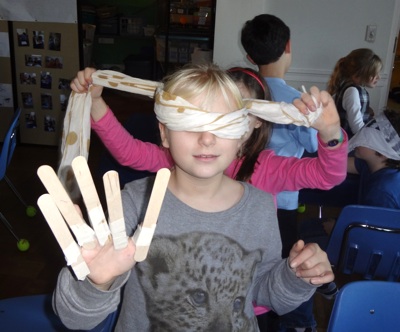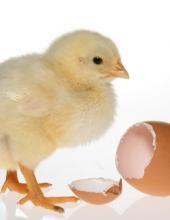 Howtosmile.org is a "great, go-to website" for teachers of all subjects and levels, says the National Association for the Education of Young Children. NAEYC recommends howtosmile.org under "Tools for Teachers" in the February/March issue of Teaching Young Children, NAEYC's magazine for preschool professionals. The review particularly notes the SMILE collection's high-quality activities, and the fact that "teachers can search for experiments and activities by age, keywords, materials needed, and content subject."
Howtosmile.org is a "great, go-to website" for teachers of all subjects and levels, says the National Association for the Education of Young Children. NAEYC recommends howtosmile.org under "Tools for Teachers" in the February/March issue of Teaching Young Children, NAEYC's magazine for preschool professionals. The review particularly notes the SMILE collection's high-quality activities, and the fact that "teachers can search for experiments and activities by age, keywords, materials needed, and content subject."
The youngest learners can discover the science and mathematics of the world around them in hundreds of SMILE's hands-on activities for ages 4-8. Many activities involve role play, music, movement, art, games, sensory explorations, literature connections, and field trips.
Thinking ahead to spring-themed activities? (For learners in many locations, spring is already here!) Try SMILE activities about the life cycle of animals and plants, like Chickens and Eggs, Life Cycle of a Grasshopper, Lupine and Butterflies, What is a Seed or Growing Plants: Track Their Growth.
 Lincoln's Gettysburg Address ("Four score and seven years ago...") is famous from his time as President of the United States. In a less well-known campaign speech, Lincoln talked about the power of scientific discoveries and inventions, including the challenge of harnessing forces of nature, like the wind.
Lincoln's Gettysburg Address ("Four score and seven years ago...") is famous from his time as President of the United States. In a less well-known campaign speech, Lincoln talked about the power of scientific discoveries and inventions, including the challenge of harnessing forces of nature, like the wind.
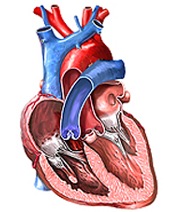
 Howtosmile.org is a "great, go-to website" for teachers of all subjects and levels, says the
Howtosmile.org is a "great, go-to website" for teachers of all subjects and levels, says the 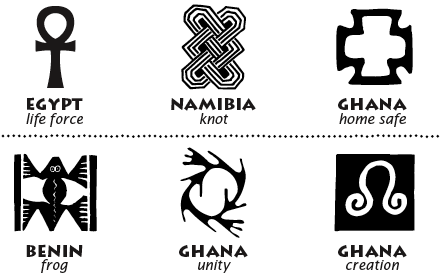


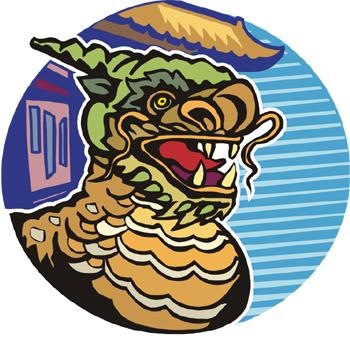 January 23rd marks Chinese New Year—the Year of the Dragon, lunar year 4710. Learners can engineer model dragon boats and learn more about Chinese history and culture in the
January 23rd marks Chinese New Year—the Year of the Dragon, lunar year 4710. Learners can engineer model dragon boats and learn more about Chinese history and culture in the 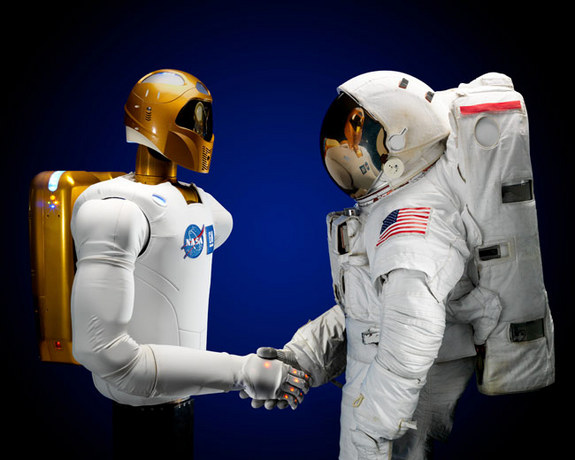 While robotic rovers are busy exploring distant planets, "robonauts" are helping human astronauts conduct research on the International Space Station. In 2011, engineers and ISS astronauts together began the first in-space tests of
While robotic rovers are busy exploring distant planets, "robonauts" are helping human astronauts conduct research on the International Space Station. In 2011, engineers and ISS astronauts together began the first in-space tests of  NASA’s newest
NASA’s newest 